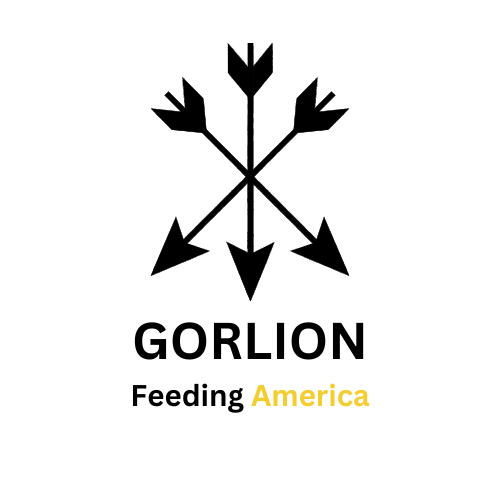In recent years, we’ve witnessed a storm brewing in the economy — a storm characterized by rising inflation and a robust U.S. dollar. However, as we navigate through the waves of economic shifts, a new front is emerging, one that could significantly impact the future of food prices: a potential weakening of the U.S. dollar due to anticipated rate cuts by the Federal Reserve.
The Recent Scenario: Inflation and a Strong Dollar
The U.S. Labor Department’s Bureau of Labor Statistics (BLS) paints a stark picture of the recent past. In 2019, the average price of food increased by 1.8%, followed by a more significant leap to 3.9% in 2020 and a substantial 6.3% surge in 2021. The rate of inflation reached as high as 11.4% in August 2022, marking the highest since May 1979.
The strong U.S. dollar, partly fueled by the Federal Reserve’s tightening policies, has contributed to this scenario. This robust dollar has played a dual role — holding inflation in check but potentially signaling stormy weather for U.S. exports.
The Turning Tide: Fed’s Pause and Anticipated Rate Cuts
With the Federal Reserve hitting the pause button on rate hikes and economists speculating on potential rate cuts in 2024, the dollar’s stronghold might be loosening. In a scenario where inflation maintains its current trajectory, the potential for a weaker dollar arises.
What’s at Stake: Agricultural Commodities and Food Prices
Now, let’s fast forward to the projections. If the current rate of inflation persists, the average price of food in the United States is estimated to increase by 3.2% over the next 12 months, according to the BLS. Extrapolating this trajectory, the average price of food in 2034 could be around 68% higher than that in 2023.
The Wild Card: Weaker Dollar and Export Demands
Here’s where the plot thickens. A weaker U.S. dollar tends to make U.S. exports more attractive on the global market. For the agricultural industry, this could mean increased demand for U.S. commodities abroad. As a result, the very exports that have been a backbone of the U.S. economy might witness a surge, putting additional upward pressure on food prices domestically.
Bold Predictions: 2044 and 2054
Now, let’s take it a step further. If this trend continues, the projections for 2044 and 2054 become even more staggering. Assuming the same rate of increase in food prices, the average cost of food in 2044 would be approximately 154% higher than that in 2023, and by 2054, it would skyrocket to an astonishing 324%.
Gorlion: Your Anchor in the Storm
In these turbulent times, businesses need a steadfast partner to navigate the complexities of the market. Gorlion stands as that anchor, providing stability and strategic guidance. As a trusted partner, Gorlion offers solutions to weather the storm, ensuring that food and beverage manufacturers can thrive in the face of economic uncertainties.
The confluence of inflation, potential rate cuts, and a shifting global economic landscape creates a perfect storm. Businesses that adapt, plan, and secure reliable partnerships will not only weather the storm but also emerge stronger on the other side. As we anticipate the future, the call to action is clear: prepare, strategize, and partner with Gorlion for a resilient journey ahead.

